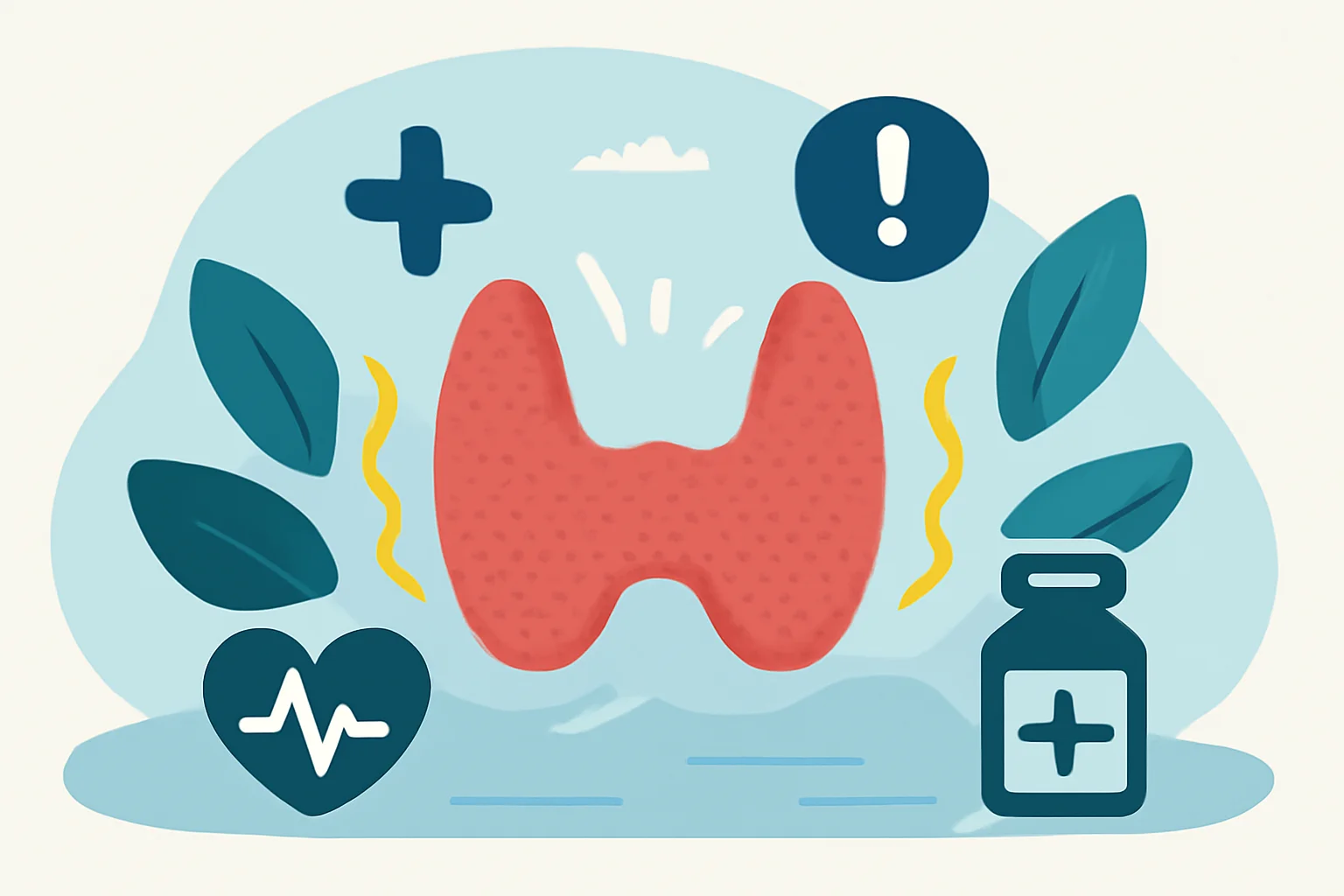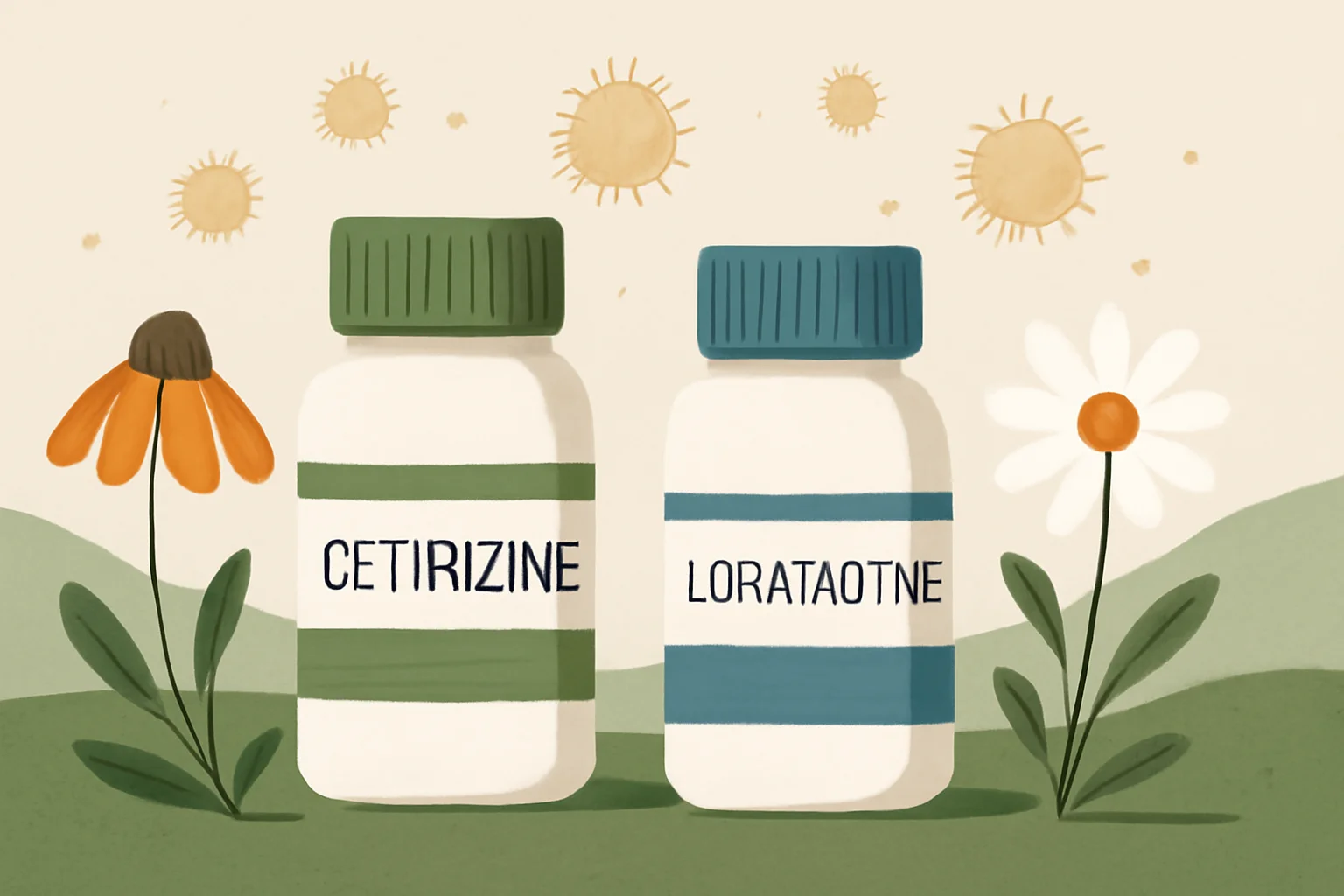
Wart or fungal infection? How to differentiate them!
The protective barrier of our skin not only shields us from the external environment but also protects us from various pathogens. However, sometimes changes appear on our skin that may cause concern. Warts and fungal infections, in particular, are often confused with one another, as both result in skin lesions and can present with similar symptoms. People are often unsure about what they see on their skin, so it is important to be aware of the differences between the two conditions. Warts are viral in origin, while fungal infections are caused by fungi. These differences affect not only their appearance but also their treatment methods and prevention options. Establishing the correct diagnosis is of utmost importance, as improper treatment can exacerbate the problem and lead to further complications. It is essential to understand the preservation of our skin’s health and to be mindful of the signals our body sends.
Warts: Viral Skin Lesions
Warts are benign skin lesions caused by the human papillomavirus (HPV). They can appear in various shapes and sizes and are typically found on the surface of the skin, on the hands, feet, or even around the genital area. The appearance of warts can vary; they may be smooth, rough, or even have a cauliflower-like shape.
Warts spread through direct contact, meaning they can be transmitted during direct contact with an infected skin surface. Therefore, it is important to avoid direct contact with infected areas and to maintain personal hygiene, especially in public places such as swimming pools or locker rooms.
Warts are generally not painful, but they can be aesthetically bothersome. In most cases, they disappear on their own, but if the warts are bothersome or if any changes are noticed, it is advisable to consult a doctor. Medical treatments include freezing, laser treatment, or topical medications that can help remove warts. The method recommended by the doctor depends on the type of wart, its location, and the patient’s condition.
Since warts are of viral origin, it is important to note that prevention is key. Good hygiene practices, such as regular handwashing, using personal towels, and avoiding public bathing areas, can help reduce the risk of infection.
Fungal Infections: Problems Caused by Fungi
Fungal infections can appear on the skin, nails, or even mucous membranes, with the most common pathogens being Candida fungi and dermatophytes. These fungi can normally be present on the skin; however, under certain conditions, they can proliferate and cause infections. Fungal infections are most commonly associated with itching, redness, flaking, and irritation.
The spread of fungal infections typically occurs through indirect contact, such as walking barefoot on an infected surface or sharing personal hygiene items. The most common areas where fungal infections can occur are between the toes, in the armpits, in skin folds, and around the genital area. Warm, moist environments are ideal for fungal proliferation, so the risk is higher during the summer months or when wearing closed, poorly ventilated shoes.
Various antifungal agents are available for the treatment of fungal infections, which can be applied topically or systemically. The duration and type of treatment depend on the severity and location of the infection. It is important to carry out treatment based on appropriate medical advice, as fungal infections tend to recur.
To prevent fungal infections, it is advisable to pay attention to hygiene. Regularly washing feet, maintaining dry skin surfaces, and wearing appropriate footwear can help avoid infections. Additionally, it is important to avoid sharing personal items, especially towels and shoes.
How to Distinguish Between Warts and Fungal Infections?
Distinguishing between warts and fungal infections is often not a simple task, as both cause skin lesions and their primary symptoms can be similar. However, there are some key differences that can help in establishing the correct diagnosis.
First, warts are generally raised, have a rough surface, and are of a different color than the surrounding skin. These skin lesions often appear on the hands and feet and are firm to the touch in many cases. In contrast, fungal infections are often flatter and tend to be associated with redness, itching, and flaking. Blisters or even pimple-like lesions may appear at the site of fungal infections.
On the other hand, warts usually do not cause pain, while itching and irritation are the main symptoms of fungal infections. The skin affected by a fungal infection is often red, inflamed, and accompanied by peeling.
The most reliable way to achieve an accurate diagnosis is through a medical examination. If any skin changes are noticed, it is important to consult a doctor who can provide a precise diagnosis after appropriate tests and recommend the appropriate treatment.
Attention! This article does not constitute medical advice. In case of health problems, always consult a doctor and follow their recommendations.

